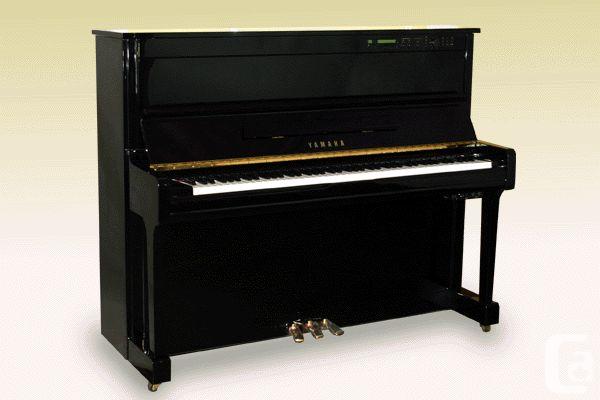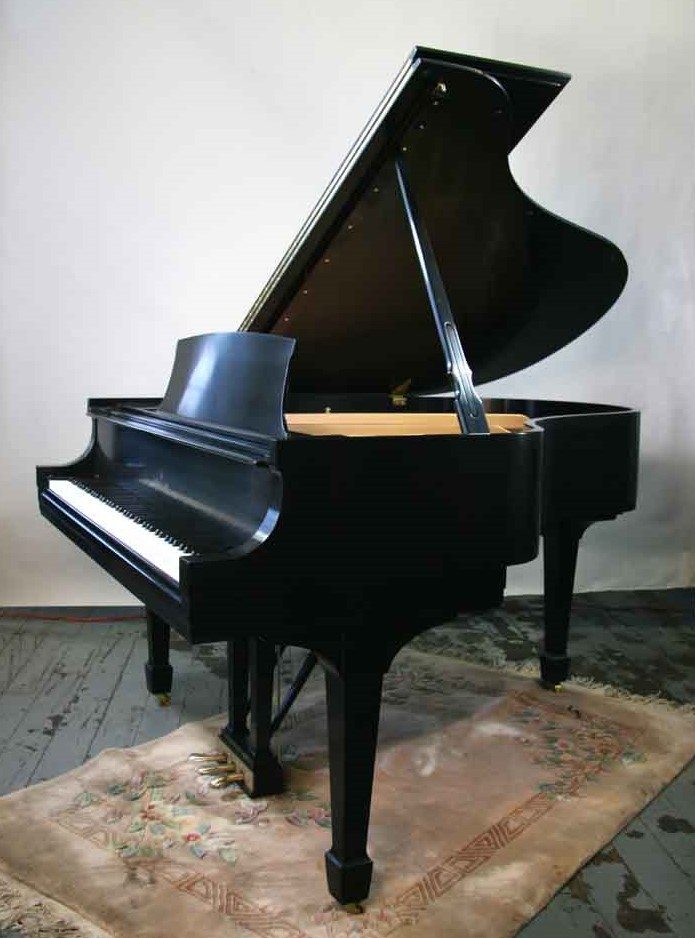As with most aspects of technology, music has been modernized with the innovation of the wireless player pianos. You can still obtain conventional analog pianos constructed with strings, wood, and steel that produce the richest sounds. However, there are numerous benefits offered by wireless player pianos, and their sound is similar to the traditional instruments, particularly in the high-end versions. This piano type is also ideal for schools, conservatories, and churches.
8 Benefits of Owning a Wireless Player Piano in Schools
I have 8 primary benefits offered by wireless player pianos to help you decide if you want to purchase one for your school. Parenthetically, this piano utilizes examples of real sound to replicate tones and voices electronically, whereby conventional pianos use the old-fashioned padded hammer and striking metal strings.
As you might anticipate, not all the benefits are offered by every wireless player piano available on the market. More exclusive models tend to come with a higher quality sound and more features, while the less pricey models offer lower quality sounds and fewer features. It is advisable that you choose benefits that are essential to you and your school needs, and thereafter, use them as your checklist when comparing different piano brands and models.
1. Portability – Wireless player pianos come in a range of sizes and are frequently floor-standing units instead of tabletops. You can move it around without any difficulties.
2. Maintenance – A wireless player piano never needs tuning, tweaking, or repairing. In addition, it is not difficult to clean it, and can be stored effortlessly in a small storage unit.
3. Affordability – Even though you can purchase wireless player pianos that cost slightly more than secondhand acoustic pianos, generally, the price range for player pianos is much less than any conventional pianos. You can purchase a basic wireless player piano for less than $150, but you can also obtain a full-featured unit with a brilliant sound quality for under $600.
The key is to shop around as much as possible and purchase the best unit that meets the school’s needs. If you manage to save a few hundred dollars, you can use the cash to enhance the music room or add on more musical instruments.
4. Variety – A saxophone sounds like a saxophone, and any acoustic piano sounds like a conventional piano. But, most wireless player pianos normally have additional buttons that allow you to play automated rhythms, synthesized voices, and even make the unit sound like an entire orchestra. A majority of player piano models let you alter the sounds to provide sonorous sounds of a concert hall.
5. Privacy – A wireless player piano usually comes with a headphone port that permits you to play the instrument privately without bothering other people around you. Of course, you will need to purchase a pair of headphones.
6. Software – Wireless player pianos come with software that you can update every few months, depending on what new features are offered by the brand. You can also add on new apps that can help improve your students’ playing experiences.
7. Computer/laptop – All player pianos consist of USB ports that you can attach the cable to your laptop or computer. This allows you to transfer unwanted files, update software, upgrade apps, and many more.
8. Additional tools – You can add tools and devices to improve the sound quality and even the aesthetic value of it.
As you can see, wireless player pianos are full of benefits. As I previously mentioned, you need to determine which features are most essential to you and your students. Visit a piano store and ask as many questions as you like, so that you can be educated about wireless player pianos and purchase one that is suitable for your school.
What is the most essential feature that you want in a wireless player piano?




